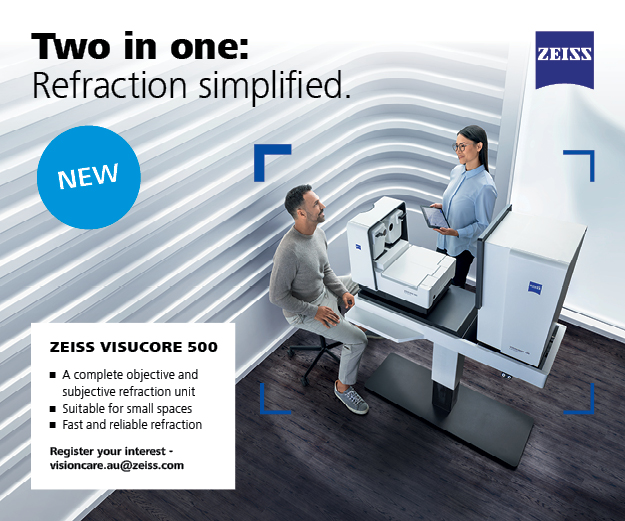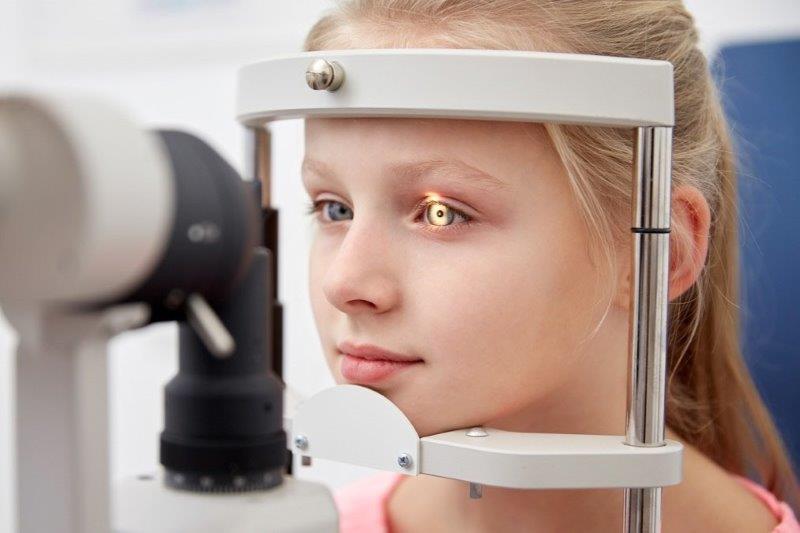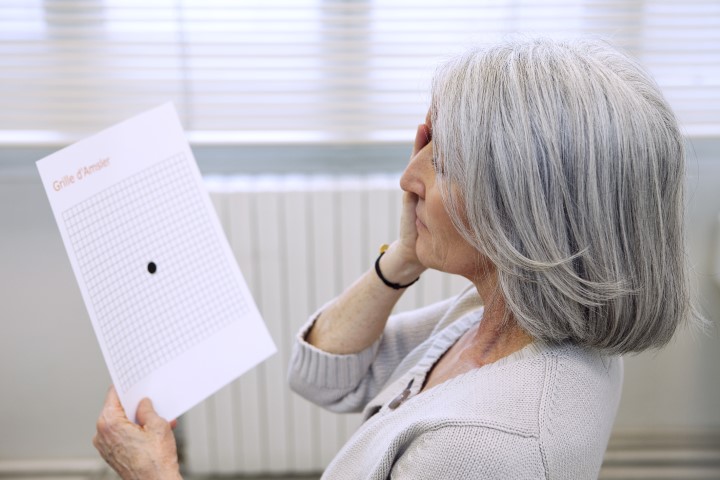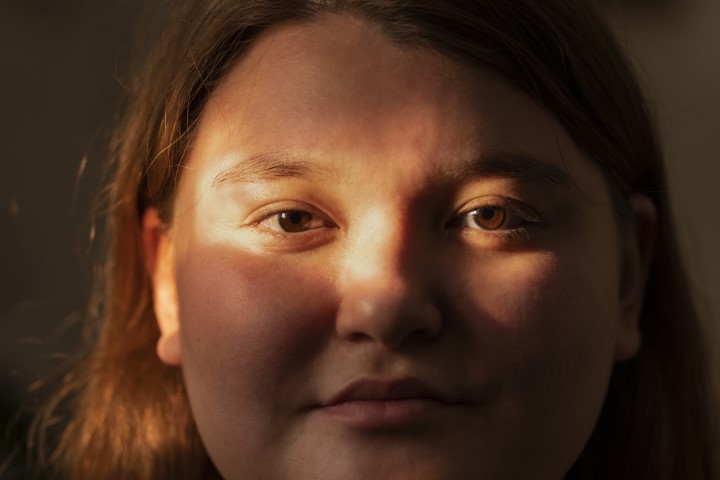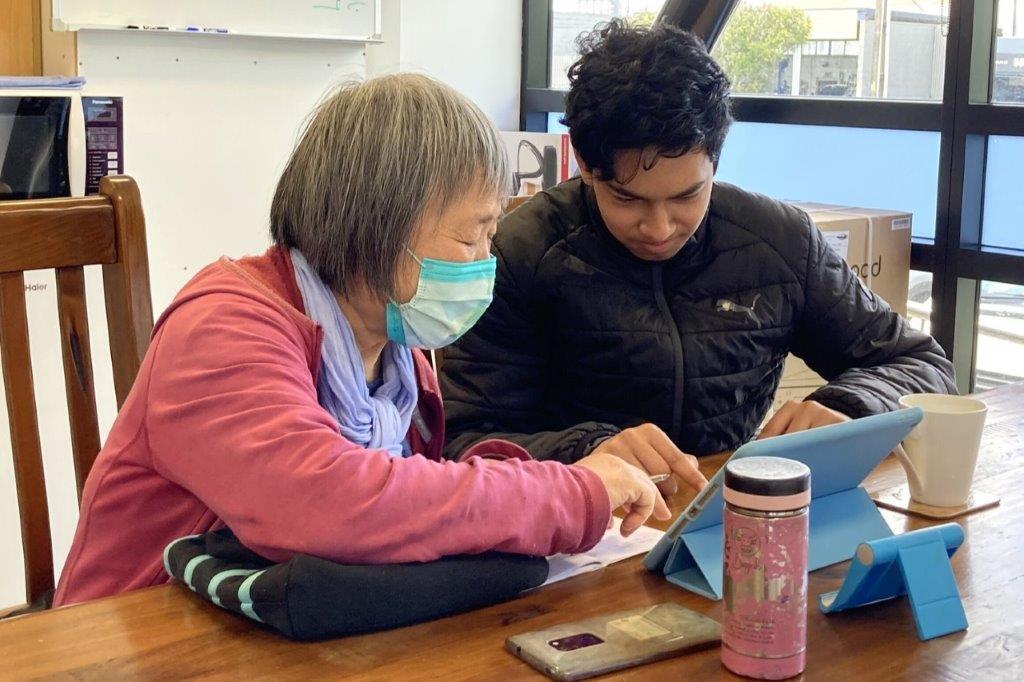AI advancing myopic maculopathy screening
Arizona State University researchers are developing new diagnostic tools harnessing the power of artificial intelligence (AI) to improve myopic maculopathy screening.
Winning the 2023 Medical Image Computing and Computer Assisted Intervention challenge, the team first tackled the condition’s five classifications of severity. Determining the correct level helps ophthalmologists provide more tailored, effective solutions to the patient, explained development lead Dr Yalin Wang, a Fulton Schools professor of computer science and engineering.
The researchers then created new AI algorithms called NN-MobileNet, designed to help software more effectively scan retinal images and predict the correct classification of the myopic maculopathy, said Prof Wang.
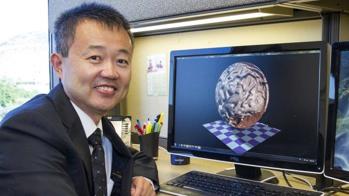
Professor Yalin Wang at work in his office. Credit: Nora Skrodenis/ASU
Next, the team turned their attention to a type of AI called deep neural networks, to predict the spherical equivalent in retinal scans. Using deep neural networks, researchers tasked computers with analysing huge datasets and applied AI-powered algorithms to draw helpful conclusions.
More accurate measurement of the spherical equivalent enables ophthalmologists to make more accurate treatment recommendations. Focusing on data quality and relevance, Prof Wang’s team developed a new model of retinal image analysis which they said achieved “exceptional” results while minimising the computing power needed.
AI is ushering in a revolution that leverages global knowledge to improve diagnosis accuracy, especially in its earliest stage of this potentially blinding disease, they said. “These advancements will reduce medical costs and improve the quality of life for entire societies.”
The results of their research were published in JAMA Ophthalmology.





